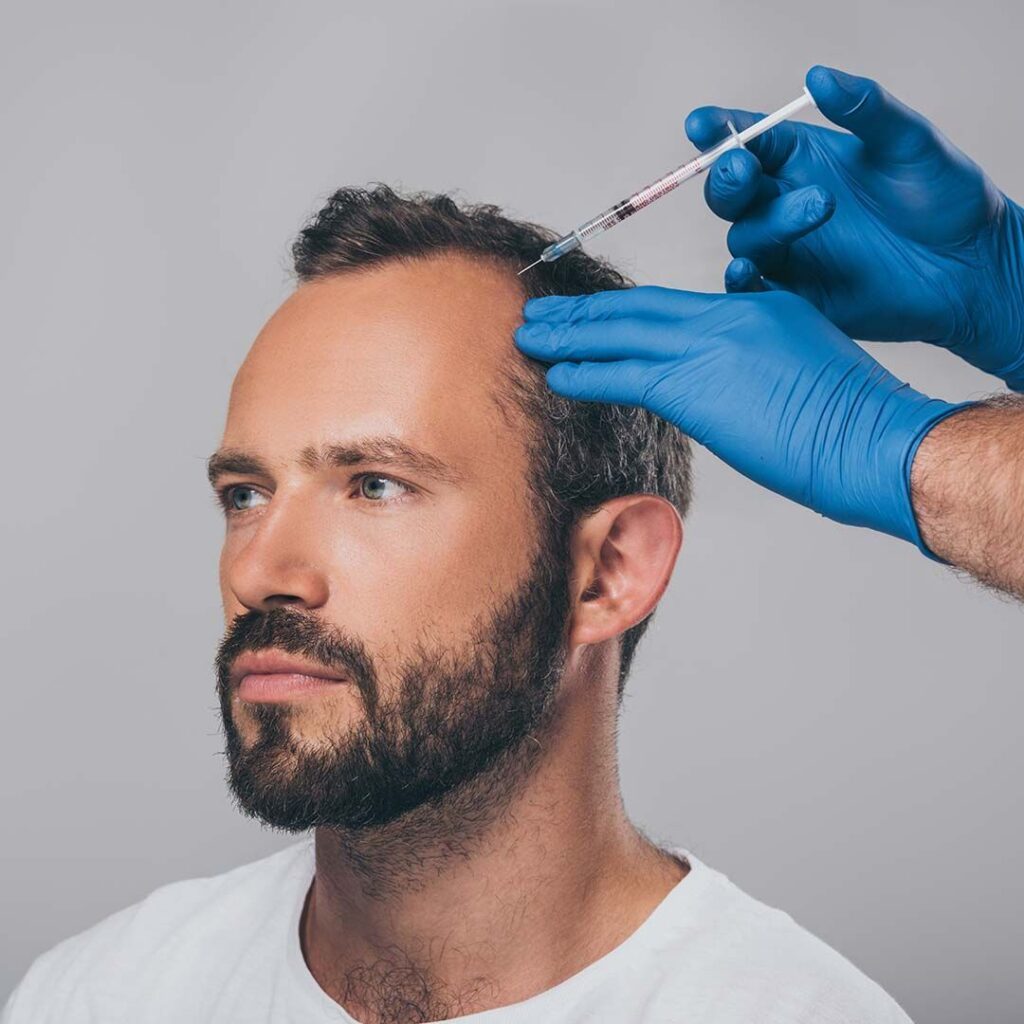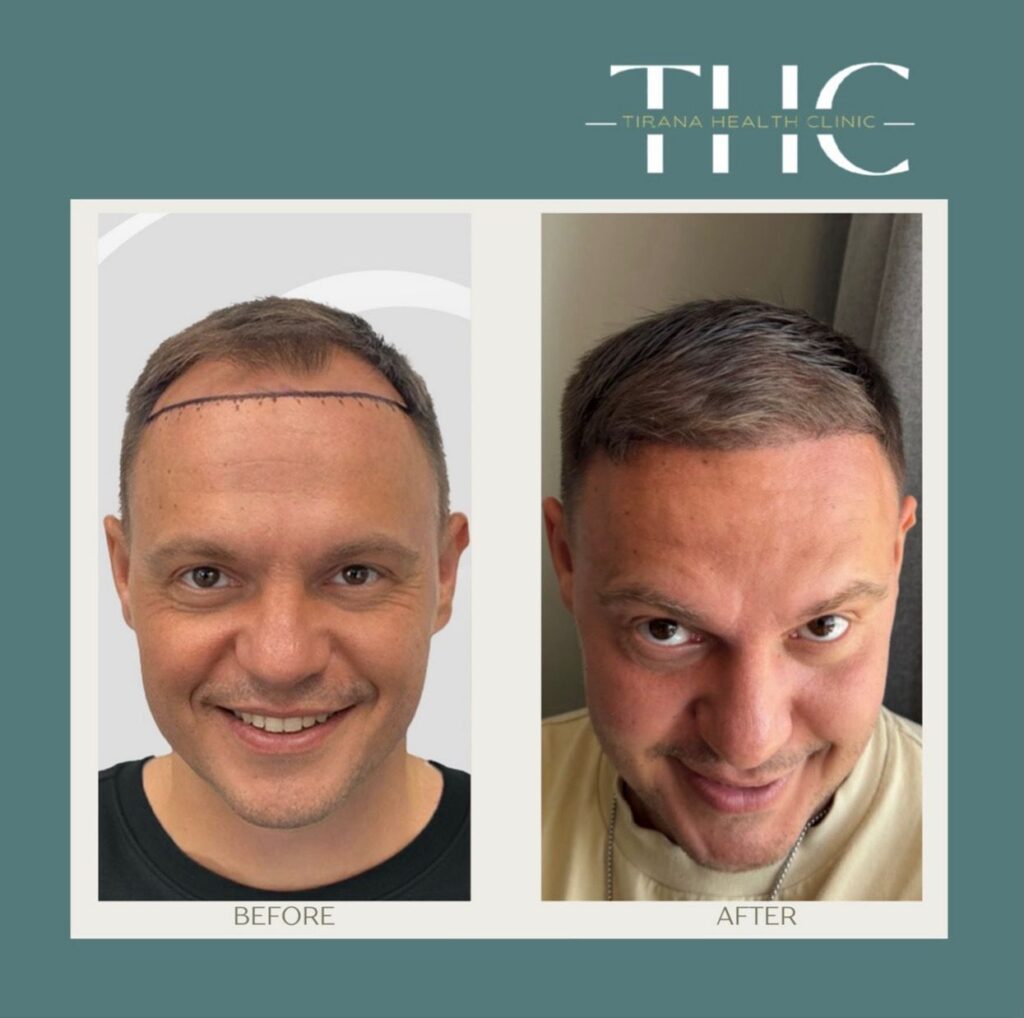What to Know Before Your Hair Transplant in Albania
Tirana Health Clinic
A hair transplant can significantly change your confidence and appearance. Albania is becoming one of Europe’s most popular destinations for hair restoration because of its combination of medical quality, low prices, and easy travel. Before scheduling your procedure, it’s important to understand the details—cost, techniques, recovery, and what to expect from start to finish.
Why Choose Albania for Your Hair Transplant
Albania is quickly earning a reputation as a top destination for affordable and professional hair transplants. The country offers European-standard clinics at a fraction of Western Europe’s prices.
Many patients travel from Italy, Germany, and the UK for FUE, DHI, or Sapphire FUE procedures. Clinics in Tirana and other major cities use advanced tools and techniques, often performed by internationally trained surgeons. Packages are usually all-inclusive, covering hotel accommodation, airport transfers, and post-surgery care.
Cost and Quality Advantage
Hair transplant prices in Albania typically range from €1,500 – €3,500, depending on the number of grafts and chosen method. Despite the lower costs, clinical standards, hygiene, and technology match those of much pricier destinations.
Certified Surgeons and Modern Clinics
Top clinics in Tirana are licensed by the Ministry of Health and led by board-certified specialists. They use sterile environments, micro-punch devices, and magnified implantation techniques to ensure natural results.
Easy Access and Medical Tourism Support
Tirana International Airport has direct connections to major European cities. Many clinics offer English-speaking coordinators who assist with travel and recovery logistics, making Albania ideal for medical tourists.

Are You a Good Candidate for Hair Transplant?
Not everyone is an immediate candidate for surgery. The success of a hair transplant in Albania depends on your hair loss pattern, donor area, and overall health.
People with stable hair loss and a healthy donor area—usually at the back of the scalp—are ideal candidates. Men with advanced baldness may require multiple sessions.
A professional evaluation helps determine whether FUE or DHI will produce the best results.
Health and Lifestyle Considerations
Patients should be in good general health and avoid smoking, alcohol, and blood-thinning medication before the procedure. These factors affect healing and graft survival.
Realistic Expectations
Hair transplantation improves density but cannot restore teenage fullness. Understanding limits and growth timelines leads to realistic satisfaction.
Understanding the Procedure: Techniques and What to Expect
Knowing how the procedure works helps you plan properly and avoid anxiety. Hair transplant clinics in Albania offer the latest methods tailored to each case.
FUE (Follicular Unit Extraction)
The surgeon extracts individual follicles from the donor area and implants them into balding zones. The process is minimally invasive, leaves tiny scars, and has fast recovery.
DHI (Direct Hair Implantation)
This uses a Choi implanter pen to place follicles directly without pre-cutting channels. It provides higher density and faster recovery.
Sapphire FUE
Uses sapphire-tipped blades to create smaller incisions and reduce scalp trauma, improving healing speed and precision.
During surgery, local anesthesia keeps you comfortable. A session typically lasts 4 – 8 hours depending on graft count. After the procedure, the clinic provides washing instructions, medication, and a post-care kit.


Costs, Packages, and Hidden Fees
Before you choose a clinic, make sure you understand exactly what’s included in the package price. Albania’s hair transplant costs are significantly lower than elsewhere in Europe, but transparency still matters.
What’s Usually Included
Most clinics offer full packages covering:
Consultation and hair analysis
Surgery (FUE, DHI, or Sapphire technique)
Two or three nights in a hotel
Airport transfers and local transport
Aftercare kit and follow-up check
Price Factors
The total cost depends on graft quantity, surgeon experience, and chosen method. DHI and Sapphire FUE cost more than standard FUE.
Avoiding Hidden Costs
Always ask if anesthesia, follow-up visits, and shampoo kits are included. Verify payment terms and confirm all details before traveling.
Post-Surgery Recovery, Risks, and Aftercare
After the procedure, you’ll need to protect the new grafts carefully. Clinics usually schedule a follow-up wash 1 – 2 days later and provide written aftercare instructions.
Recovery Timeline
Days 1–3: Mild swelling and redness; rest is essential.
Days 4–10: Scabs form and fall naturally.
Weeks 3–6: Temporary shedding phase.
Months 3–6: New hair growth begins.
Months 6–12: Major density improvements become visible.
Managing Risks
Minor risks include infection or graft loss, usually caused by poor hygiene or premature contact. Choosing an accredited clinic and following aftercare precisely keeps risk minimal.
Aftercare Rules
Sleep with head elevated for three nights.
Avoid exercise, sun exposure, and hats for two weeks.
Wash the scalp only with the provided shampoo.
Do not scratch or pick the implanted area.
By following these steps, you’ll support maximum graft survival and natural results.
Final Thoughts and Next Steps
A hair transplant in Albania can deliver excellent, long-lasting results at an affordable cost if you select a reputable clinic and follow pre- and post-care properly. The country’s medical tourism network provides convenience, modern facilities, and experienced surgeons.
If you’re ready to restore your hair and confidence, contact Tirana Health Clinic today for a professional consultation. Our team provides personalized plans, transparent pricing, and full support before, during, and after your procedure.
© 2025 Tirana Health Clinic. All Rights Reserved.